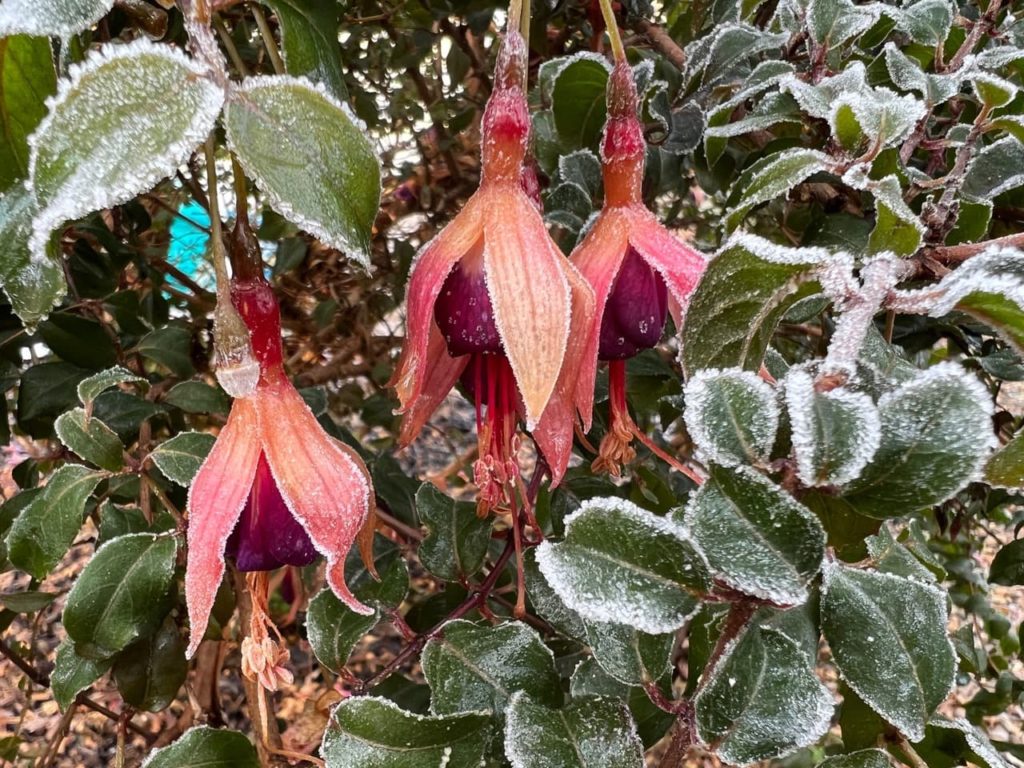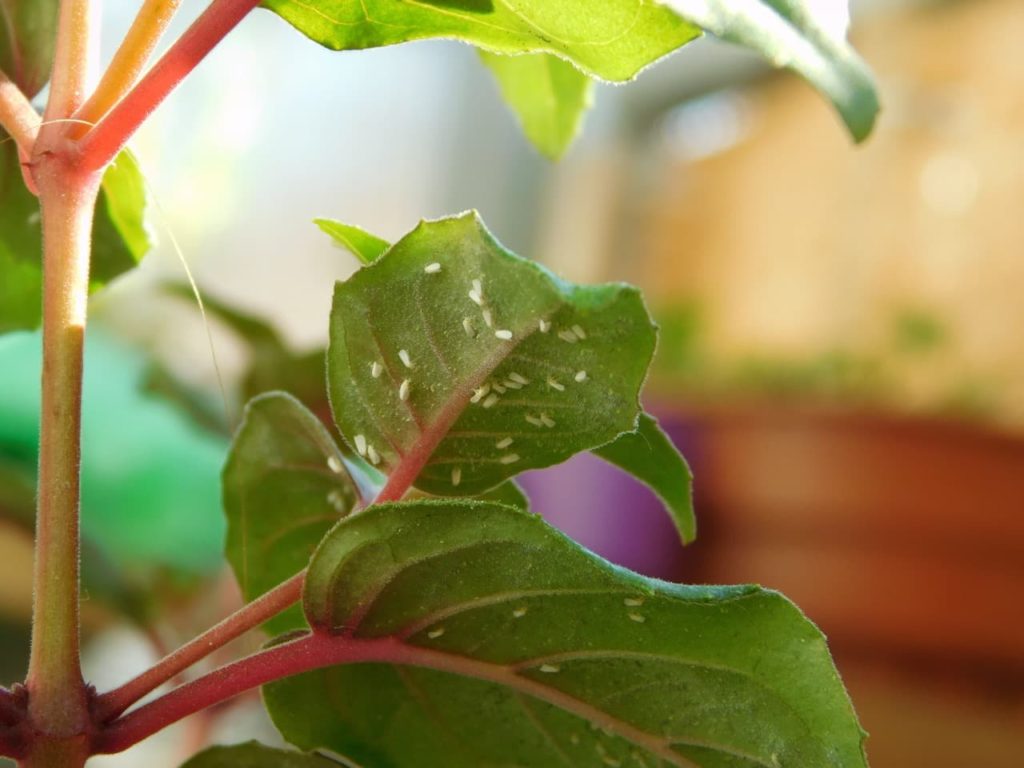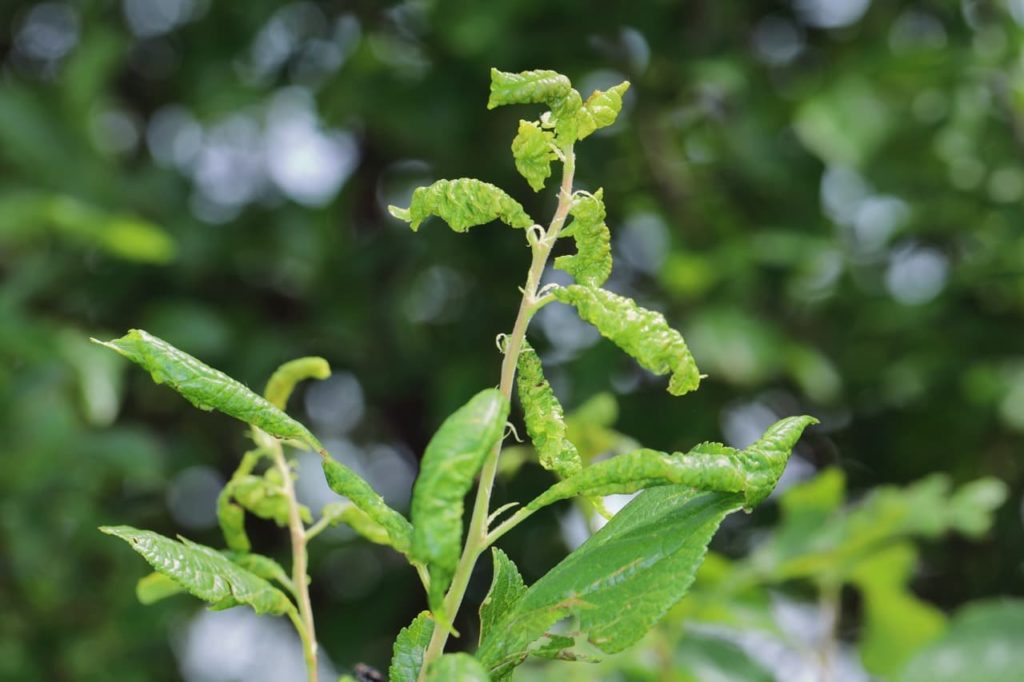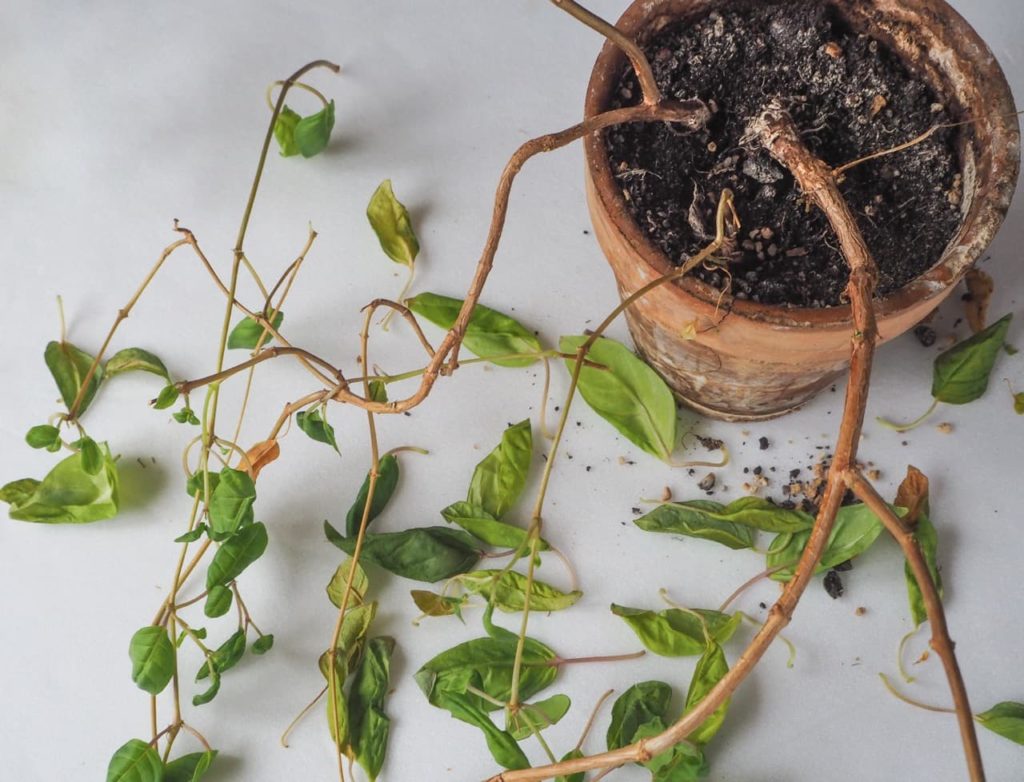SHRUBS > FUCHSIA > problem
IN THIS GUIDE
FUCHSIA GUIDES

Container GrowingHanging BasketsHardyOverwinteringProblemsPropagationPruningSowingVarieties
Fuchsias can be extremely attractive works .
They fall into one of two categories : stout fuchsias , which can be raise outside twelvemonth - round of drinks in British gardens , and tender fuchsias , which are typically overwintered indoors or under cover .

Whichever fuchsia you are maturate , these plants tend to be clean well-to-do to grow , but you may take on a range of growing problems and offspring , include :
Fortunately , many of these problems are relatively well-situated to overcome .
Below , we will take a brief look at some coarse outlet and how to undertake them if you encounter them when growing fuchsias where you live .

1) Environmental Problems
“ Like many plants , the easy fashion to kill a fuchsia is to give it too much or not enough water , ” explain Gail Barber from the Sutton Coldfield Fuchsia Society and Gardening Guild .
“ Fuchsias are not fussy plant . However , if they are farm in pots , especially small pots , they must not be allow to sit all sidereal day in blacken sunshine .
“ Move the plant into the tone in red-hot weather , keeping the compost damp but not soaking . ”

One other important thing to recollect when growing fuchsia is the hardiness of the special variety that you are develop .
bid fuchsia will not typically survive modest wintertime temperature in most British garden .
Hardy fuchsias may sometimes go back over wintertime but will survive below ground and should grow back in the spring if they do so .

“ The more you handle your plants , the promiscuous it will become to love the weight of the pots , whether they are too juiceless , whether the leaves look healthy or if there ’s a new job you have n’t noticed before , ” says Gail .
2) Pests
“ Like any plants , they do have their blighter and disease , ” monish Gail .
“ Plants , specially those produce in glasshouse , can suffer from aphids , red wanderer mites and whitefly .
“ keep a check on your plant is the skilful way to deal with these . ”

We explore these pesterer in more item below .
Aphids , greenhouse whitefly and other sap - sucking louse can sometimes be small pesterer when growing fuchsia .
The latter is typically only an government issue when growing fuchsias undercover .

Outdoors in your garden , sap - sucking insects are best handle by attract their predators such as ladybirds and lacewings in order of magnitude to keep their numbers down in an organic garden .
In a nursery , you might introduce parasitical wasp or other biological controls .
Keeping the undercover grow field clean over winter and maintaining upright respiration within the space can also help oneself prevent plague population and the spread of disease like jet moulds due to these plague .

Your destination should not be to obviate them all told but to keep their number down so that they are not a serious offspring for your fuchsia and other plant .
“ Plants grown alfresco in a healthy balanced garden face fewer threats from pest , ” says Gail .
“ However , vine weevil is the nemesis of many gardeners , with their grubs eating the root of not only fuchsia but Hosta , primulas and heucheras to name a few . ”

Vine weevil grubscan eat the ascendent of fuchsia plant life , specially those growing in container .
“ plant life look entirely normal , until one day they fall over after the grubs having eat up through their roots , ” Gail explains .
“ These can be control by the usage of nematodes . ”

Check for these on a regular basis where they have been a trouble , ensuring good hygiene in undercover raise areas and container gardens .
Aim to encourage natural predation of these pests too by attracting thing like birds , termagant , hedgehogs , frogs , toads and land beetle to your garden .
Capsid bugs may also be found induce problem for fuchsias .

As these bugs feed between May and other September , house of terms will rebel on the plants .
Leaves can become misshapen with brown spots and flush buds on fuchsias may fail to develop and put down off .
However , a mild infestation need not always be a massive trouble .

Again , the best strategy to prevent their numbers perplex out of ascendence is to encourage raw predators like birds , porcupine and ground beetle to take up residency nearby .
If you are grow fuchsias in a glasshouse then you may havea problem with mealybugs , which are coarse on houseplant and greenhouse container plant too .
These bugs undermine plant life and the honeydew they egest allows the development of sooty mold .
big population of these pests can stunt the growth of your fuchsias and reduce vigour .
Sometimes , leafage may drop early .
Check plants before land them into your greenhouse or garden , celebrate new plant quarantine to make certain mealybugs or other pests are not introduce .
In some cases , biological controls can be view to tackle a serious nursery plague , though small populations can commonly be stick out .
“ I have used biologic controls for mealy bug in the past , ” share Colin Skelly , a Master Horticulturist .
“ I used an Australian ladybird larva that is a rapacious predator of mealy bugs . The temperatures need to be warm when innovate as they will become sleeping in cool weather condition . ”
These metallic blue beetles make holes and small-scale brown patches in the leaf of fuchsia plants and are fighting from April to September .
They are around 5 mm long , which is larger than most other flea mallet find in Britain .
Small sum of leaf loss will not normally be a major problem , so diminished population of these flea beetle can typically be endure as part of the garden ecosystem .
These beetles are a food source for good wildlife like bird , frog and ground beetles , so making sure you have plenty of these around should keep this minor pest in check .
cherry spider mites are sap - sucking mitesthat can do dappled leave and leaf drop on fuchsia plant .
A weighty plague can even bolt down the plants .
hugger-mugger , cherry-red spider mites can be difficult to control and they breed apace in warm condition .
raise the humidity in a greenhouse , clean regularly , deflect overcrowding and clearing out badly infected plant can help to slenderize this problem .
In extreme cause , biologic controls like predatory jot and predatory midges might be introduced .
A relatively new pest for fuchsia growers to worry about is the fuchsia gall mite , which was first found in mainland Britain back in 2007 and which has now spread throughout southern England and north into Wales.1Fuchsia impudence mite / RHS Gardening . ( n.d . ) . Royal Horticultural Society . Retrieved March 29 , 2023 , fromhttps://www.rhs.org.uk/biodiversity/fuchsia-gall-mite
It can cause swollen-headed and distorted growth at the shoot steer on fuchsia , often with blood-red or yellow - green discolouration .
The blossom can also be deformed or may fail to break altogether .
The mite themselves are too small to be seen without a microscope .
This pinch does not kill fuchsias but it can affect their increment and visual aspect .
If you run across this problem , prefer less susceptible varieties of fuchsia .
In some case , a predatory soupcon can also be introduced as a biologic ascendance .
3) Diseases
One fungal disease of fuchsias is fuchsia rust .
This make orange pustules to develop on the undersides of the farewell of fuchsia plant .
It may also cause leaves to shake off off and can trim back the vigour and general wellness of fuchsia plants .
clean off any affected foliage from your fuchsia quickly if you notice this trouble and give your fuchsia a provender to boost their vigour and resiliency .
Another coarse fungal job that can affect fuchsia is grey mould , which stimulate soft decay of industrial plant tissue , causing radical and leaves to turn brown and modernise muzzy , gray - brown mold .
It is worst where fuchsia are develop undercover and where circumstance are overcrowded and humid .
see good airing and space for good airflow between plants .
Practice good hygienics with your plant and transfer any touched textile immediately to carefully reduce the spread of this job .